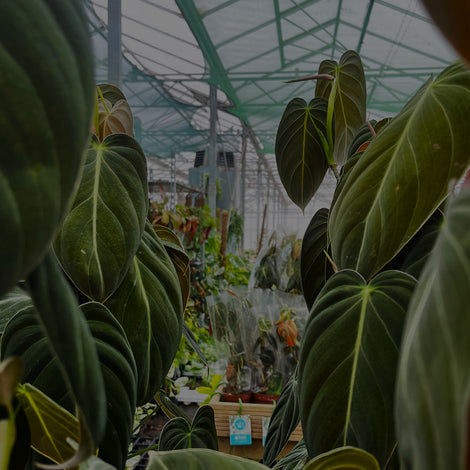A guide to Areca Palm care
Areca Palm (Dypsis lutescens), also known as the Butterfly Palm, Golden Cane Palm, or Yellow Palm, is a popular indoor and outdoor plant native to Madagascar. It is loved for its graceful, arching fronds and air-purifying abilities. Here's a guide to help you care for your Areca Palm:
-
Light: Areca Palms prefer bright, indirect sunlight. Avoid placing them in direct sunlight, as this can scorch their leaves. If indoors, place them near a window with filtered light, or if outdoors, plant them in a location with dappled shade.
-
Water: Water your Areca Palm regularly, keeping the soil consistently moist but not waterlogged. Allow the top inch of the soil to dry out slightly between waterings to prevent root rot. Reduce watering during winter months when the plant's growth slows down.
-
Humidity: Areca Palms thrive in high humidity. If you're growing the palm indoors, maintain a humidity level of 50% or higher. You can increase humidity by placing a tray with water and pebbles beneath the plant, misting the leaves regularly, or using a humidifier.
-
Soil: Plant your Areca Palm in a well-draining, slightly acidic soil mix. You can use a mix of peat, perlite, and sand, or a commercial potting mix designed for palms. Ensure the pot has drainage holes to prevent waterlogging.
-
Fertilizer: Fertilize your Areca Palm every two months during the growing season (spring and summer) with a balanced, water-soluble fertilizer diluted to half-strength. Do not fertilize during the winter months when growth is slower.
-
Temperature: Areca Palms prefer temperatures between 65-75°F (18-24°C) during the day and slightly cooler at night. Avoid exposing the plant to temperatures below 50°F (10°C), as this can cause damage.
-
Pruning: Prune your Areca Palm by removing dead or yellowing fronds at their base using clean, sharp shears. This helps maintain the plant's shape and encourages new growth. Also, trim off any brown tips to improve the palm's appearance.
-
Repotting: Repot your Areca Palm every 2-3 years or when it becomes root-bound. Choose a pot that is 1-2 inches larger in diameter than the current pot. Gently remove the palm from its old pot, loosen the roots, and plant it in the new pot with fresh potting mix. Water the palm thoroughly after repotting.
-
Pest control: Areca Palms can be prone to spider mites, mealybugs, and scale insects. Inspect your plant regularly for any signs of infestation. If pests are present, treat them with insecticidal soap, neem oil, or an appropriate pesticide.
-
Propagation: Propagation of Areca Palms is typically done by division. When repotting, carefully separate the palm's clumps and plant them in individual pots. Ensure each division has a healthy root system and at least one or two stems.
By following these guidelines, you can enjoy the beauty and air-purifying benefits of a healthy Areca Palm in your home or garden.





















Leave a comment
Please note, comments need to be approved before they are published.